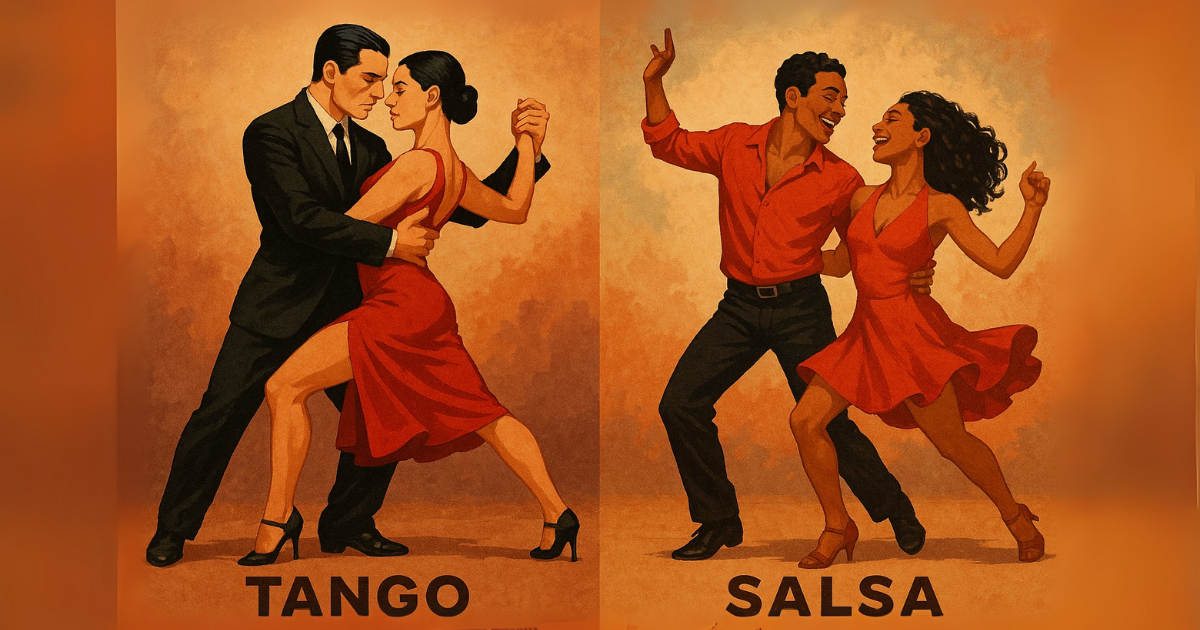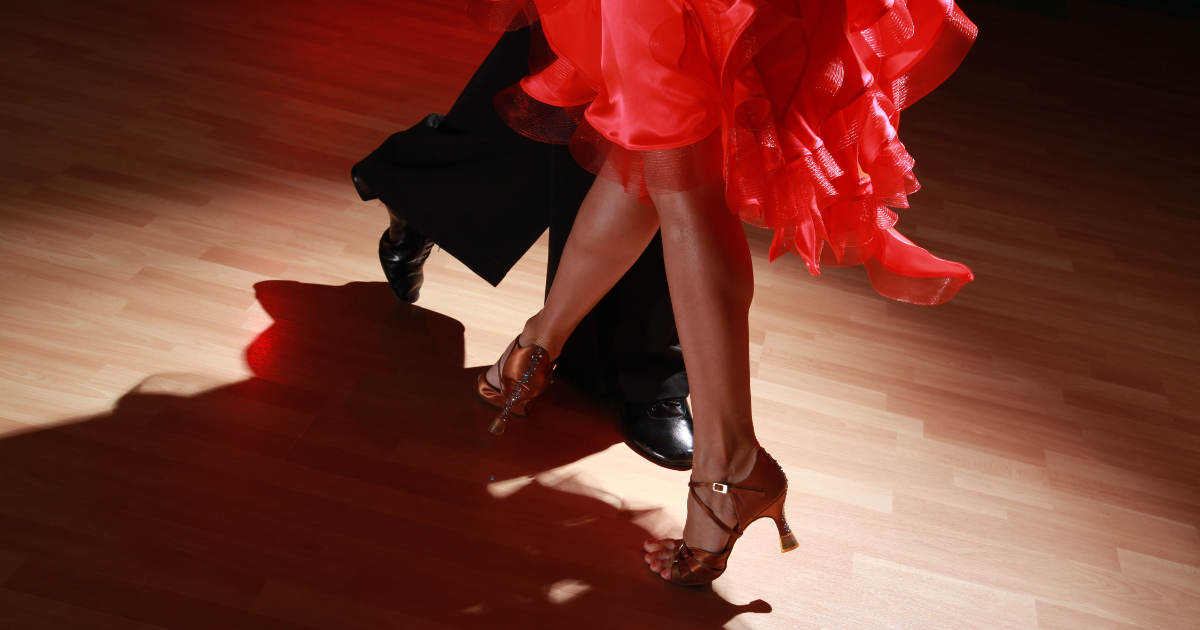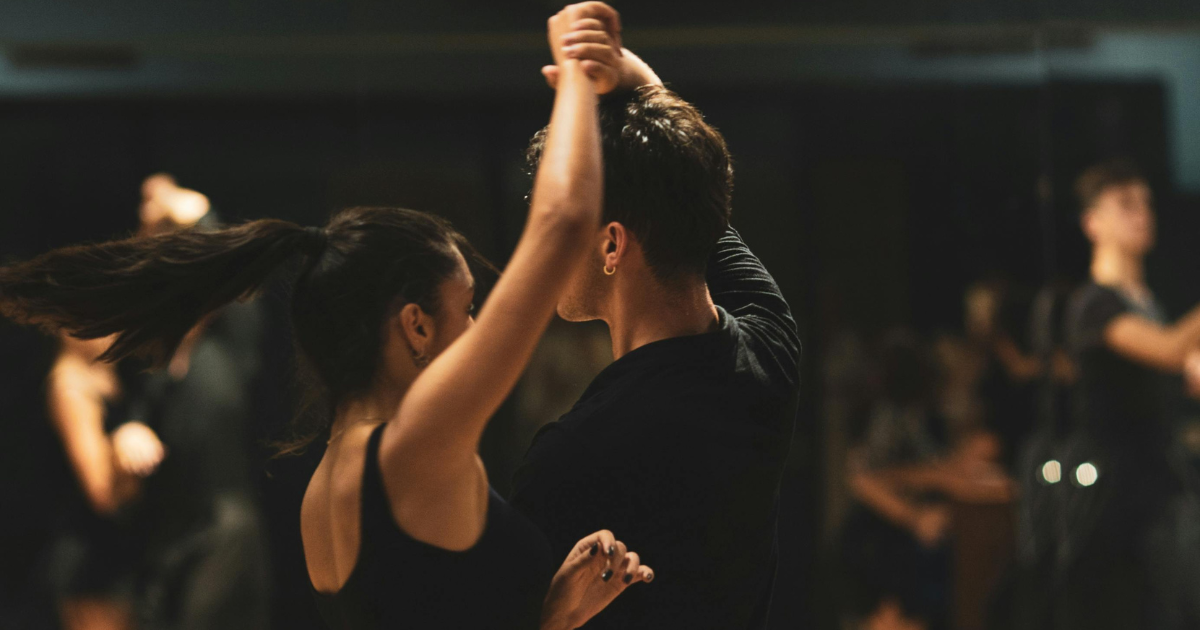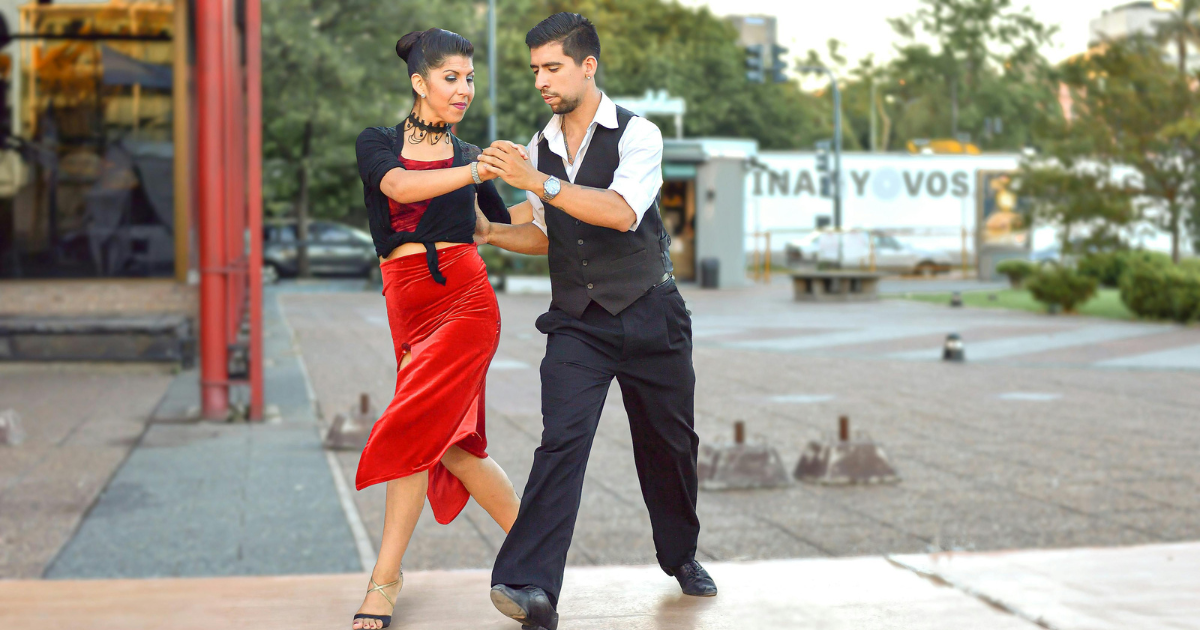Tango vs Salsa: What’s the Difference and Which One Is Right for You?
When you step into the world of partner dancing, you are met with two iconic genres that capture hearts across the globe: tango and salsa. Both are more than just dances; they are cultural expressions, emotional outlets, and social experiences. Yet, while they share a reputation for passion and connection, their origins, music, movement, and atmosphere set them apart in profound ways. The key difference is that tango is defined by intimate connection and expressive pauses, while salsa thrives on rhythm, speed, and social energy. To truly decide which is right for you, it is essential to dive deep into their histories, rhythms, and personalities.
Key Takeaways
Tango emphasizes intimate connection with slower pacing, dramatic pauses, and deep emotional expression.
Salsa highlights energy and speed, thriving on rhythm, spins, and vibrant social interaction.
Musical differences define the styles, with tango shaped by bandoneón drama and salsa driven by percussion and clave.
Cultural roots set them apart, as tango reflects Argentine tradition while salsa embodies Caribbean joy and community.
Choosing the right dance depends on personality, with tango suiting introspective dancers and salsa appealing to social, high-energy personalities.
Origins, History, and Cultural Roots
The birth of Tango
Tango emerged in the late 19th century in Buenos Aires and Montevideo, born in the barrios where African, European, and Indigenous influences merged. In its early years, tango was a product of immigrant struggles and urban grit, performed in the humble dance halls of working-class neighbourhoods.
The bandoneón: an instrument brought from Germany, soon became the heartbeat of tango, colouring its sound with melancholy and drama.
Cultural backdrop: tango reflected the longing of immigrants and the vibrancy of urban life.
Evolution of styles:
Traditional salon tango with elegance and poise
Nuevo tango with theatrical flair
Tango de salón with intimacy and subtle interpretation
Each form highlights a different era and interpretation of the dance, showing tango’s adaptability and enduring spirit.
The birth of Salsa
Salsa traces its lineage to Afro-Cuban rhythms, particularly son, mambo, and rumba. These dances and music forms crossed the Caribbean and reached New York in the mid-20th century, where they fused with jazz and other Latin sounds to create salsa as we know it today. Salsa quickly spread to Puerto Rico, Colombia, and across Latin America, eventually becoming a global dance phenomenon.
Afro-Cuban roots: son, mambo, and rumba shaped the foundation.
Fusion in New York: jazz and Latin sounds blended to give salsa its modern identity.
Global reach: spread rapidly to Puerto Rico, Colombia, and beyond.
Cuban casino with circular partner work
LA style featuring flashy dips and tricks
New York style with elegant “on-2” timing
Colombian salsa famous for lightning-fast footwork
This diversity of styles ensures salsa appeals to dancers with very different tastes and personalities.
Cultural significance and social role in communities
Tango carries an aura of tradition and formality, rooted in social codes observed in the milongas of Argentina. Dancers follow tandas (sets of songs) and cortinas (musical interludes) with clear rules of etiquette, including the subtle invitation method known as the cabeceo.
Tango’s character: formal codes, etiquette, and quiet intensity
Salsa’s atmosphere: lively gatherings, clubs, and spontaneous expression
Cultural reflections:
Salsa embodies joy, resilience, and communal identity of Caribbean culture
Tango embodies introspection, longing, and intimate dialogue
Both dances are mirrors of their societies, offering dancers not just steps but a sense of belonging.
Musical & Rhythmic Differences
Time signatures, tempo, accentuation
Tango’s music is built on variation. Its tempo can shift within a single song, featuring pauses, syncopations, and rubato phrasing that allow for dramatic expression. Salsa, however, sits firmly in 4/4 time, with the clave rhythm acting as its backbone. The “1-2-3…5-6-7” stepping pattern anchors the dance, with accents often falling on breaks that invite spins or flourishes.
Instrumentation and musical style
Tango orchestras highlight the bandoneón, violin, piano, and double bass, producing rich layers of drama and sentiment. Salsa ensembles revolve around percussion, with congas, timbales, and bongos driving the rhythm, supported by brass sections and piano montunos. Vocals often add call-and-response energy, engaging dancers with playful or passionate lyrics.
How dancers interpret the music
In tango, dancers respond to subtle shifts in phrasing. A pause in the music becomes a shared breath between partners, an opportunity for embellishment or silence. In salsa, the energy is forward-driving, with dancers interpreting breaks and horn hits through spins, shines, or dips. Tango’s elasticity contrasts with salsa’s relentless pulse, offering two very different emotional landscapes for movement.
Common confusions and misinterpretations
Beginners often mistake salsa’s clave rhythm for a simple beat, missing its syncopated complexity. Tango’s unpredictable pauses can also confuse newcomers who expect a steady tempo. Understanding these subtleties is what transforms a dancer from mechanically correct to musically expressive.
Dance Technique & Movement Style
Frame, posture, and connection
Tango’s signature lies in its embrace. Whether close or open, the torso connection between partners is paramount, with leads communicated through the chest rather than the arms. Salsa typically features an open or semi-closed frame, where arms direct turns and transitions. Tango feels like a conversation whispered between bodies, while salsa is more akin to a lively dialogue across a table.
Footwork, steps, rhythm patterns
In tango, walking itself is elevated into art. Steps can travel forward, backward, or sideways, punctuated with intricate embellishments like ganchos (leg hooks), sacadas (displacements), ochos (figure-eight steps), and boleos (whip-like leg flicks). Salsa relies on its basic step pattern but expands with cross-body leads, shines, and spinning sequences. Interestingly, both dances share the term “gancho,” though the execution differs, showing how dance vocabularies sometimes intersect.
Use of space, direction, floorcraft
Tango dancers navigate the dance floor with precision, respecting the line of dance in a counter-clockwise ronda. Salsa often involves more dynamic use of the floor, with turns, partner swaps, and open shines that occupy space more freely. The result is that tango looks like a flowing procession while salsa resembles a whirl of energy.
Styling, adornments, and improvisation
Tango styling is often understated: a small foot flick, a leg caress, or a subtle pause can carry immense impact. Salsa, on the other hand, encourages flamboyance with body rolls, arm styling, and fast spins. Both dances leave space for improvisation, but tango prizes subtlety whereas salsa celebrates spectacle.
Physical demands, body control, balance
Tango demands fine-tuned balance and core control, especially in off-axis moves or during prolonged pauses. Salsa places more stress on cardiovascular endurance and agility, with quick spins and fast-paced footwork. Both require discipline, but their challenges target different physical qualities.
Social Dance Context & Etiquette
Where you’ll find them
Tango thrives in milongas, festivals, and cultural centres, especially in Argentina but increasingly worldwide. Salsa lives in nightclubs, community socials, and international congresses that attract thousands of enthusiasts.
Dance floor dynamics & flow
At a tango milonga, tandas structure the night, with cortinas allowing dancers to change partners. Salsa socials are less regimented, with DJs mixing tracks freely and dancers jumping in or out as they please.
Invitation, partner selection, cabeceo
Tango maintains the tradition of cabeceo, where eye contact and a nod serve as an invitation to dance, preserving dignity for both partners. Salsa invitations are more direct, often involving a spoken request on the dance floor.
Dress code, shoes, presentation
Tango dancers often dress elegantly, with specialised tango shoes designed for smooth pivots. Salsa attire leans toward casual glamour, with comfortable yet stylish shoes that handle spins and fast footwork.
Community norms, culture, inclusiveness
Tango communities can feel formal to beginners, while salsa clubs are often seen as more immediately welcoming. However, both communities value respect, inclusiveness, and the joy of dancing with new people.
Pros, Challenges, and Suitability: What Works Best for You
What makes tango appealing
Tango offers an intimate experience, rich with artistry and emotional depth. The connection between partners can feel meditative, like entering a world where only the two of you exist.
What makes salsa appealing
Salsa radiates energy, fun, and fitness. Its upbeat tempo and social atmosphere make it perfect for those seeking joy, laughter, and lively connections.
Common challenges learners face
Tango requires patience to master subtle leads and the ability to truly listen to the music. Salsa can overwhelm newcomers with its speed, timing, and intricate turn patterns.
Which personality or preference fits which dance
If you crave connection, nuance, and slower pacing, tango may speak to your soul. If you thrive in energetic settings, love fast turns, and enjoy a party vibe, salsa could be your perfect match.
Physical considerations & age factors
Tango is generally gentler on the joints, making it accessible for dancers at any age, and many people continue to enjoy it well into later life. Salsa, while vigorous, offers excellent cardiovascular benefits but can be demanding for those with knee or ankle concerns.
Cross-training benefits
Learning both dances enriches your musicality and adaptability. Tango sharpens balance and body awareness, while salsa improves agility and stamina. Together, they make you a more versatile dancer and expand your social horizons.
How to Try Both: Tips for Beginners
Beginner class: choose instructors who focus on musicality in tango and timing clarity in salsa.
Learning environment: pick spaces that feel supportive rather than showy.
First three months: commit this time to exploring both dances before deciding.
Class balance: alternate weekly lessons or try short beginner bootcamps.
After six months: decide which dance excites you most and deepen your practice.
Resources: use YouTube, playlists, and online platforms for extra practice.
Community options: join practicas for informal and low-pressure learning.
Tango tip: avoid using your arms to lead and guide with your chest instead.
Salsa tip: master timing before adding complex footwork.
Shared advice: keep the focus on connection, fun, and enjoyment over perfection.
Finding Your Dance: Choosing Tango or Salsa
Tango is slower, deeply connected, and steeped in tradition, while salsa is fast, lively, and thrives on energy. Both are rewarding but serve different emotional needs, and the best way to choose is to reflect on your personality and lifestyle. If you prefer introspection and subtle artistry, tango may be your path, but if you love socialising, sweating, and celebrating, salsa might be the one.
Ultimately, dance is not about limits but exploration, and trying both tango and salsa will enrich your life, broaden your community, and introduce you to music and movement that could become lifelong passions. At My Little Havana, we proudly provide a vibrant home where you can experience salsa in its most authentic form and discover if its energy is the right match for your journey.




